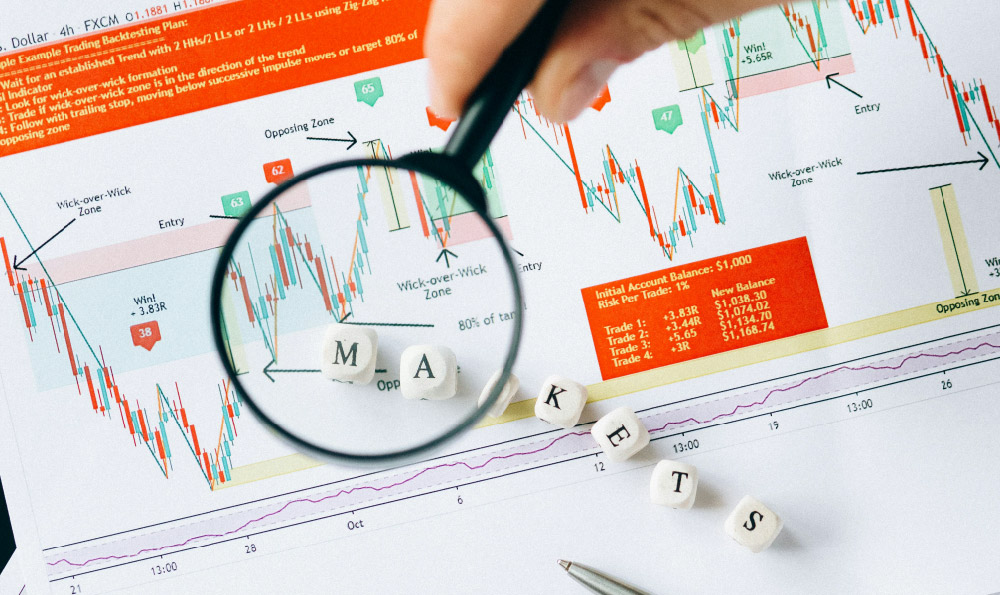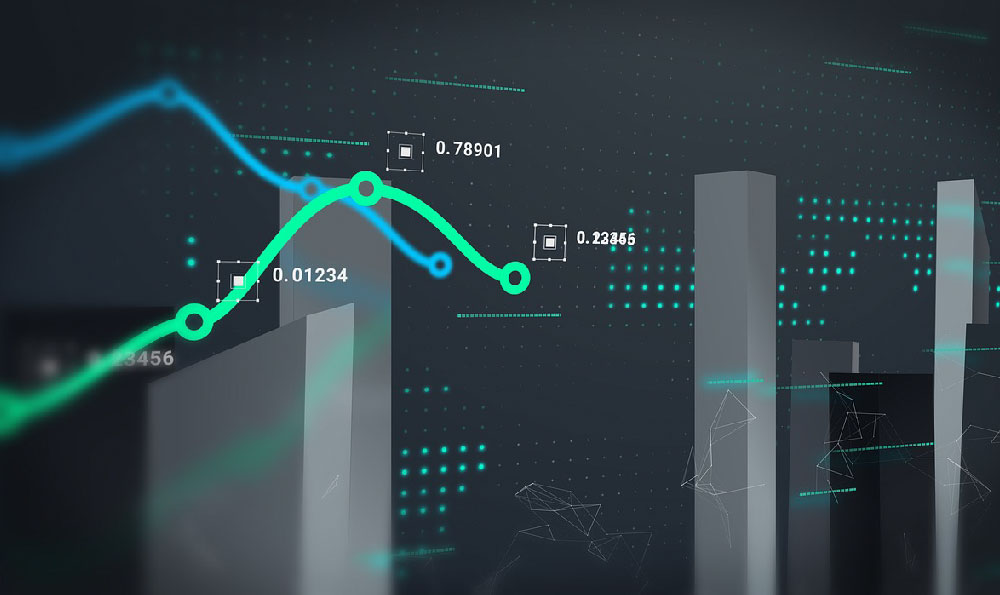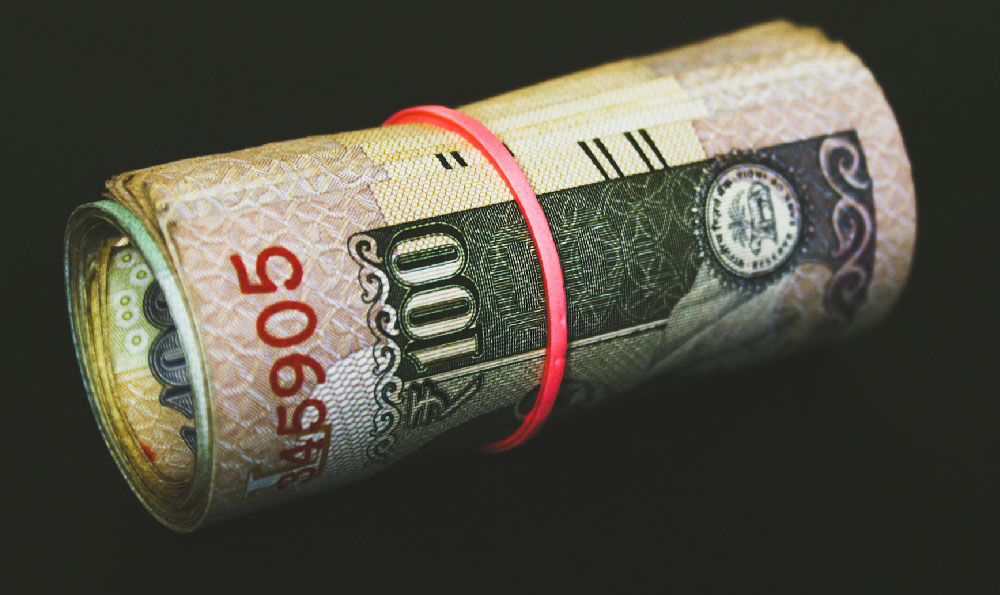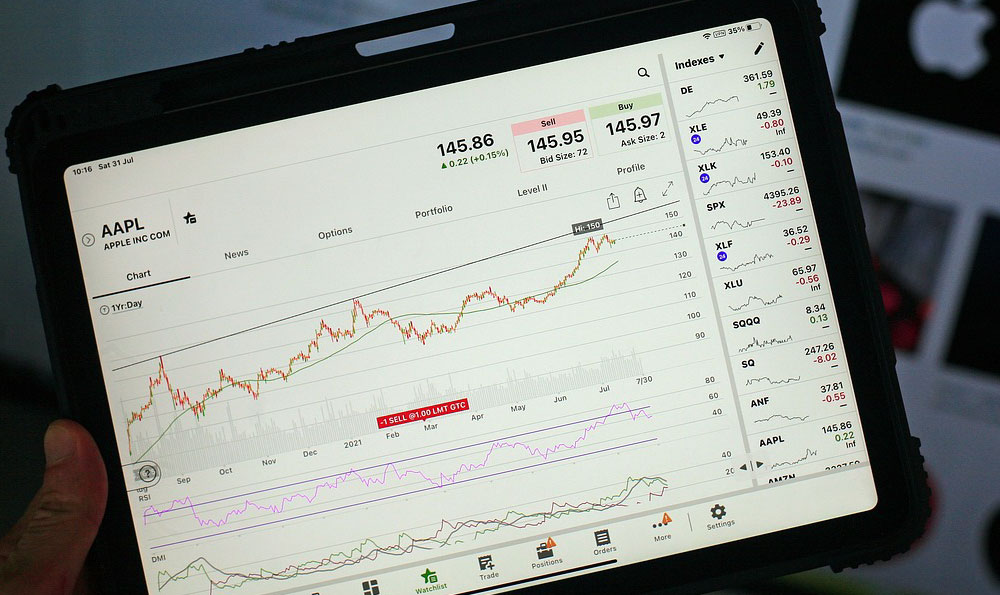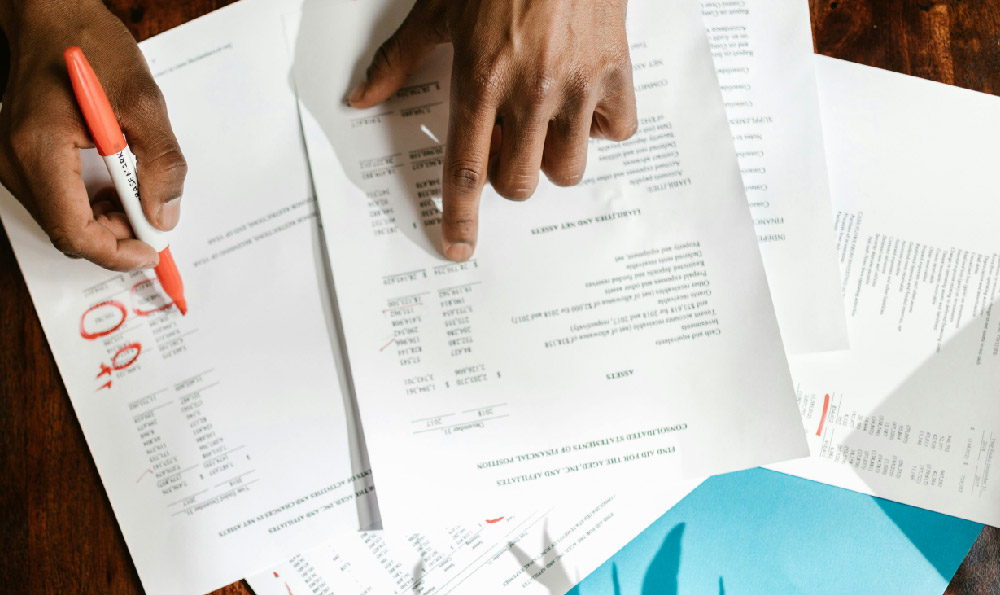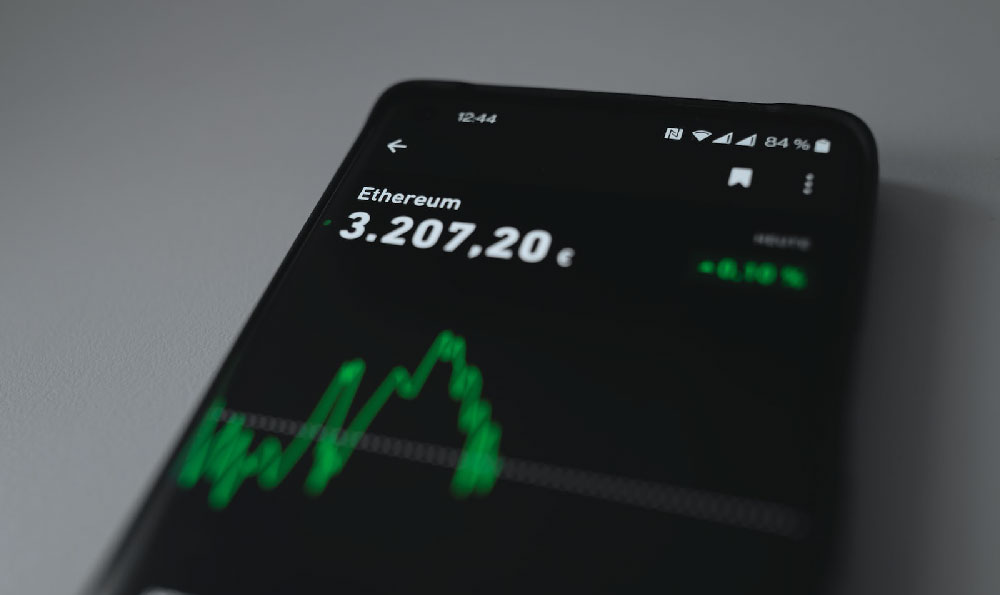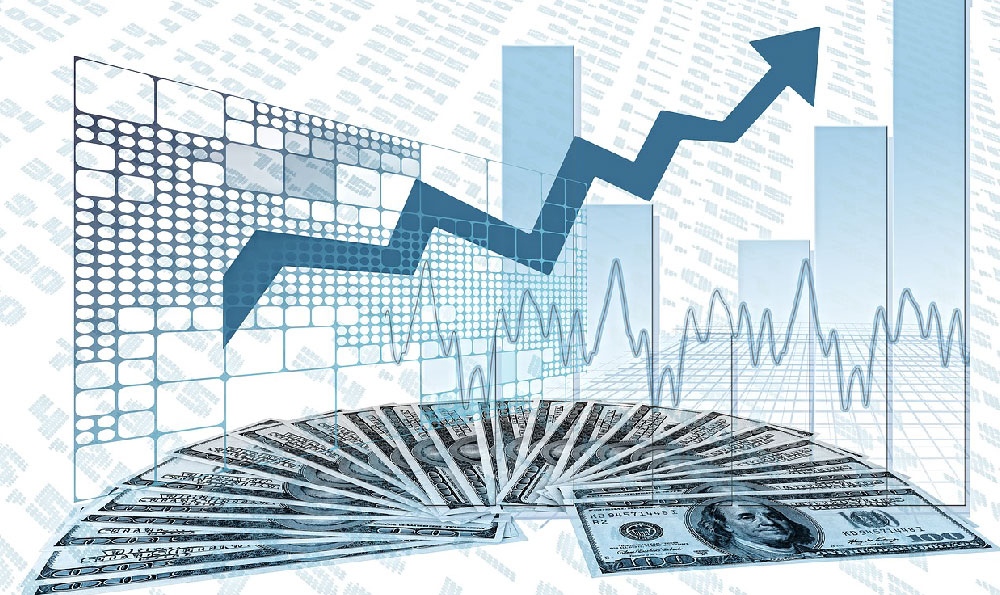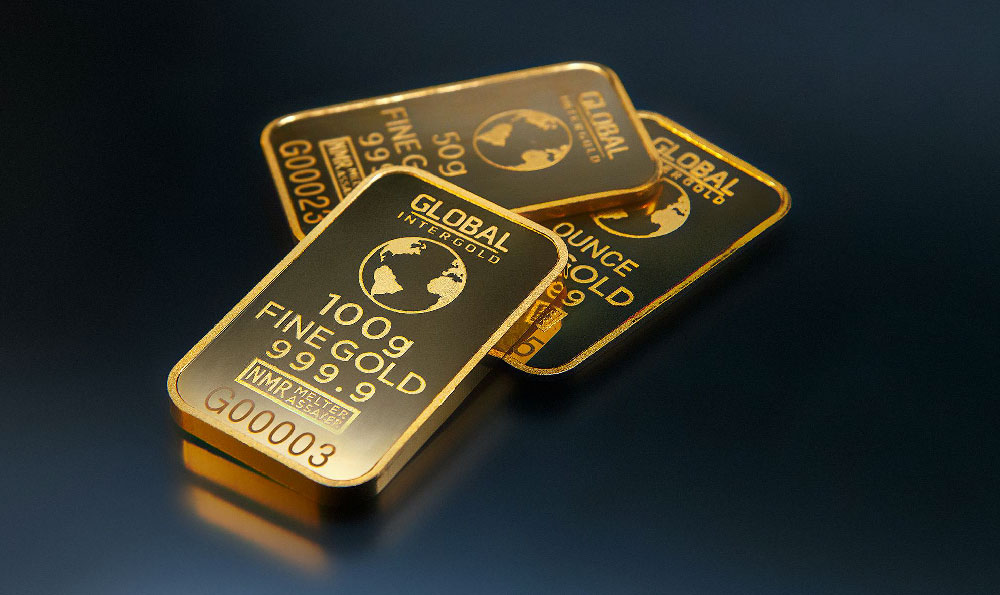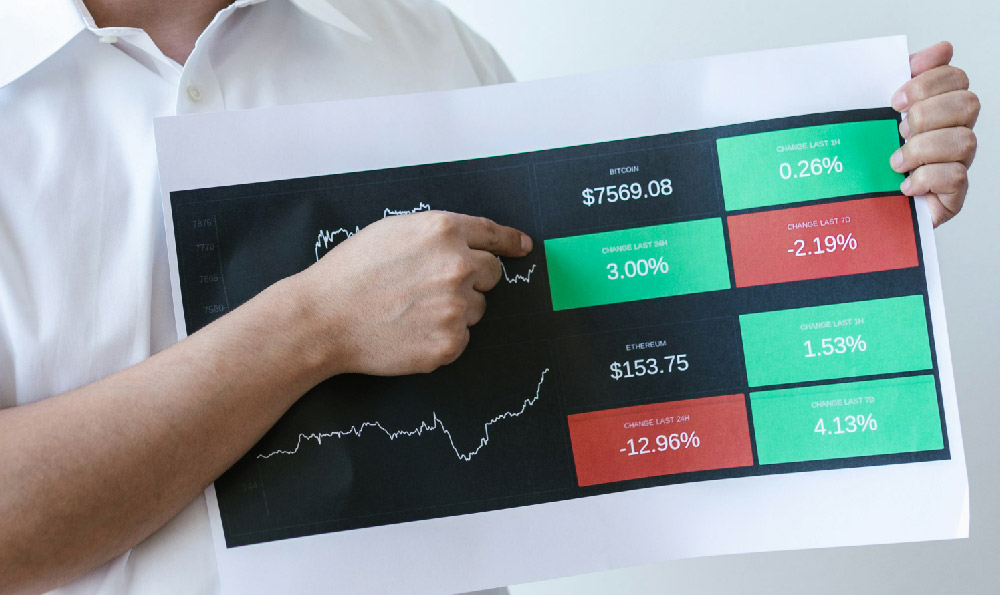Financial freedom is a concept that transcends mere numbers, yet the question of how much money is required to achieve it often lingers in the minds of individuals seeking control over their financial destinies. Unlike a fixed threshold that can be measured in currency units, financial freedom is a dynamic state influenced by personal values, lifestyle choices, and the economic landscape in which one operates. The answer, therefore, is not straightforward but demands a nuanced examination of factors such as living expenses, investment returns, debt obligations, and the ability to generate passive income. To determine the "enough" figure, one must first understand the underlying principles that define financial independence and how they interplay with real-world variables.
At its core, financial freedom refers to the capacity to live life without the constant pressure of earning income. This liberation allows individuals to pursue passions, travel, or retire early, unhindered by financial constraints. However, the amount of capital required depends largely on the cost of living in a given region. A person residing in a high-cost area like New York or Tokyo may need significantly more savings than someone living in a lower-cost environment such as a rural town or a developing country. Additionally, personal spending habits play a crucial role. Frugal individuals who prioritize experiences over material possessions may reach financial freedom with a smaller nest egg compared to those who indulge in high-end lifestyles. The definition of "enough" is ultimately subjective, shaped by what an individual deems essential for fulfillment and comfort.
The calculation of required funds often revolves around the concept of passive income. A common rule of thumb suggests that financial freedom is achieved when passive income equals or exceeds monthly expenses. This approach is rooted in the idea that sustained income from investments or other non-active sources reduces the dependency on employment. For instance, if an individual's monthly living expenses amount to $5,000, they would need an investment portfolio generating at least $5,000 in passive income annually. However, this requires considering the returns on investment, which can vary based on market conditions, asset allocation, and risk tolerance. A conservative portfolio might yield 3-5%, while a more aggressive approach could potentially produce higher returns, though with increased volatility. Therefore, the required capital would need to be adjusted accordingly; for example, a $5,000 passive income stream would necessitate a $100,000 to $200,000 investment portfolio at a 2.5% to 5% yield, depending on the chosen strategy.
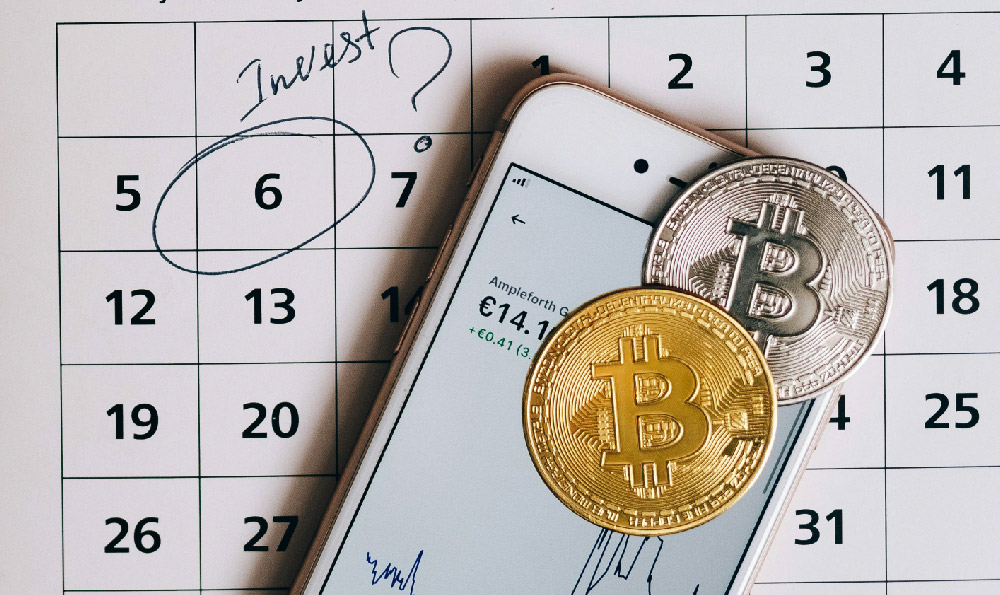
Another critical factor is the management of debt. Individuals burdened by high-interest loans, such as credit card debt or mortgages, may require a larger safety net to cover obligations while building passive income. Conversely, those with minimal debt can allocate more resources toward wealth accumulation. The target amount might also include an emergency fund, typically equivalent to 3-6 months of living expenses, to provide a buffer against unexpected financial shocks. This ensures that the capital is not only sufficient for daily needs but also capable of withstanding periods of uncertainty without derailing long-term goals.
The role of inflation further complicates the equation. Over time, the purchasing power of currency diminishes, meaning that a static amount of money may not sustain the same lifestyle. To account for this, individuals must project their expenses into the future, adjusting for inflation rates and potential increases in the cost of living. For example, if current expenses are $5,000 per month and inflation averages 2% annually, after 10 years, the equivalent amount would be approximately $6,100. This adjustment highlights the importance of not only amassing capital but also ensuring its growth outpaces inflation to maintain real purchasing power.
Moreover, the financial freedom threshold should incorporate personal goals and lifestyle aspirations. A retiree who plans to travel extensively or live in a high-cost area may need substantially more capital than someone content with a modest, low-maintenance lifestyle. This variability underscores the need for a tailored approach, where individuals assess their priorities and align their financial strategies accordingly. Some may prioritize early retirement, while others may value a gradual transition, each requiring a different balance of savings, income, and risk management.
The journey toward financial freedom also involves capitalizing on compounding interest and wealth generation through strategic investments. Diversifying assets across stocks, bonds, real estate, and other income-generating vehicles can create a more resilient financial foundation. However, this requires careful planning and discipline, as the process of building wealth is often nonlinear and influenced by external market factors. Time becomes a critical ally, with the power of compounding allowing even modest investments to grow substantially over decades. This highlights the importance of starting early and maintaining a long-term perspective, as the required capital can fluctuate significantly based on time horizon and investment performance.
Ultimately, the notion of "enough" is intertwined with an individual's ability to adapt and optimize their financial strategy. Factors such as job stability, income growth potential, and inheritance may influence the required amount, making it fluid rather than static. It's also worth considering that financial freedom isn't solely about wealth accumulation but also about financial security and the freedom to make choices without economic pressure. This multifaceted nature means that the answer isn't a single figure but a holistic assessment of one's financial ecosystem.
In conclusion, while no universal formula exists to determine the exact amount of money required for financial freedom, a comprehensive approach can guide individuals toward their goals. The key lies in understanding personal financial needs, managing debt, accounting for inflation, and leveraging investment strategies that align with risk tolerance and retirement aspirations. By adopting a proactive mindset and continuously refining their financial plans, individuals can work toward achieving the balance that enables true financial independence. The ultimate success lies not in reaching a specific monetary target but in cultivating the resilience and flexibility to navigate life's uncertainties with confidence.



